Out of all of the films that I’ve ever written about, Batman is equally the easiest and the hardest for me to explore. It’s easy because it’s one of my all-time favourites but hard because it’s difficult to convey just how much this film has shaped my taste and influenced me; this coming from someone who likes to think he’s quite good at putting his own thoughts and feelings into words. That might sound like an exaggeration but I was raised by strict, religious parents and what I was allowed to watch was heavily censored. This was an absolute nightmare for a kid who was into films but for some unknown reason, Batman slipped through the net.
I still have no idea why, especially as certain cartoons were banned and I must have been between three and four years old when I first saw it. But even at such a young age, I knew to not look a gift horse in the mouth, I was just thankful that this one got through. For whatever reason, the two main risqué things that didn’t offend my parent’s delicate sensibilities were Batman and Bruce Lee, who would both become my childhood heroes. But with Bruce, it was less about his films and more about him as a person and an inspirational icon. The Dark Knight, however, had the best of both worlds and Tim Burton’s first film about him is a cultural phenomenon.
Before ‘89, the only comic book movies we’d gotten were of the Superman/Supergirl variety. That is, aside from a handful of television or straight to VHS movies that are all pretty terrible, although a few are so bad that they’re kind of good again. There are a few exceptions of proper adaptations based on more obscure comics such as Flash Gordon (‘80), Swamp Thing (‘82), Conan the Barbarian and Howard the Duck (‘86). However, these weren’t proper superheroes, not in the traditional sense anyway. When Batman came along, it really was the dawn of a new era.
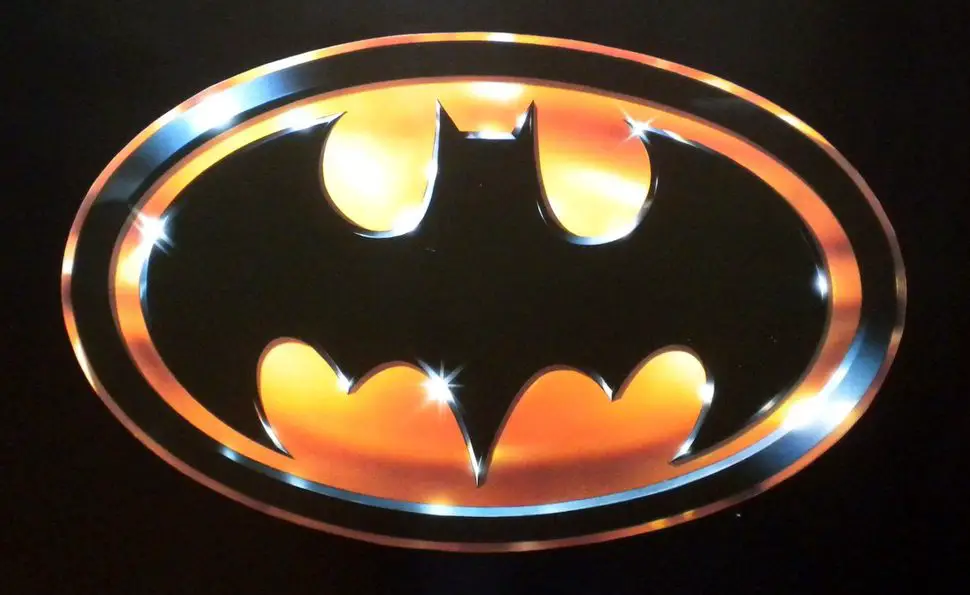
The film would single-handedly change the landscape of superhero culture and the zeitgeist of a very important time, the transition from the ‘80s to the ‘90s. It simultaneously had a profound effect on movies, cartoons and comics going forward. In fact, it wasn’t just a film, it was an artistic vision of one of the oldest, most beloved characters that we have one man to thank for: Tim Burton. It’s easy to look back now and think that he was the obvious choice to direct this film but at the time, he wasn’t well known at all. Burton only had two features under his belt, Pee-Wee’s Big Adventure (‘85) and Beetlejuice (‘88), both of which are essentially comedies.
To make matters worse, he cast Michael Keaton in the much sought after, titular role. All he’d done at the time was a long line of awful, goofy, ‘80’s family movies (aside from Beetlejuice of course). The studio was inundated with more than 50,000 letters of complaint when it was announced that he’d secured the part and I can easily see why. Little did they know, that both would go on to prove themselves as respected, household names. Burton did balance out this controversial casting choice with one of the best in cinema history though, Jack Nicholson as the most iconic villain ever: The Joker.
He was famously apprehensive at first and turned the role down multiple times. They even used Robin Williams in a strategy, just to entice him. It worked and after Williams found out that it wasn’t him they ever really wanted, he felt used and vowed to never work for the studio again. I wouldn’t feel right if I didn’t mention that David Bowie was also considered for the role and personally, he would be the only other choice that I would have been as excited to see take on the part, but I digress.
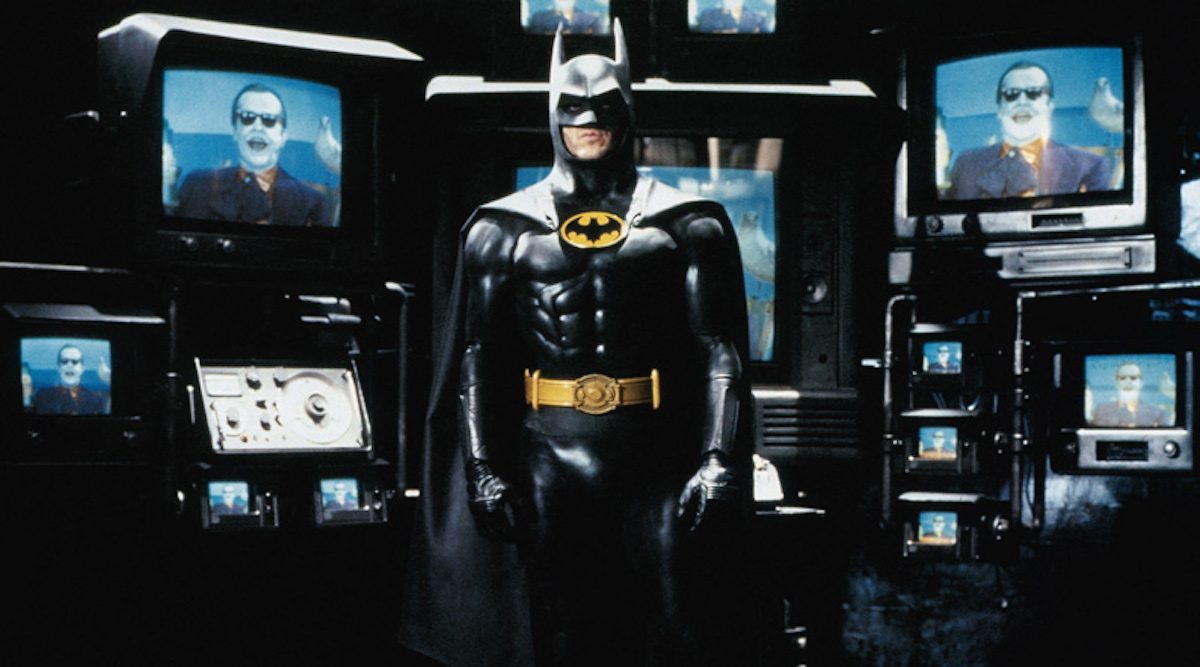
Nicholson was shrewd and secured what would turn out to be one of the best deals that an actor has ever made that included a share of the profits (including merchandise, which was crucial), top billing and his own shooting schedule. This increased his fee from his standard $10 million to an estimated figure that could be as much as $90 million. Burton brought in Danny Elfman to compose what would become one of the most iconic scores ever written. He had already collaborated with him on his two previous features and he would go on to work with him on many more in the future.
I cannot emphasise enough how his Batman theme perfectly captures the character and the mood of his crusades. To think that Elfman was worried about working on such a large production and the Producers were sceptical of him, just makes the achievement so much more impressive. The piece was so good, that it was kept for Batman: The Animated Series and would constantly resurface, as it should, in projects right up to the Bat’s latest big-screen appearance in Justice League.
Credit needs to be given to Producer Michael E. Uslan who started the project and most importantly, set out “to make the definitive, dark, serious version of Batman, the way Bob Kane and Bill Finger had envisioned him in 1939. A creature of the night; stalking criminals in the shadows.” As far as I’m concerned, that’s the only version of the Dark Knight and I loathe the ‘60s TV show, so massive props to him for setting out on the right course from the very start. The project was turned down by multiple studios including Columbia Pictures and United Artists because they wanted something similar to the latter.
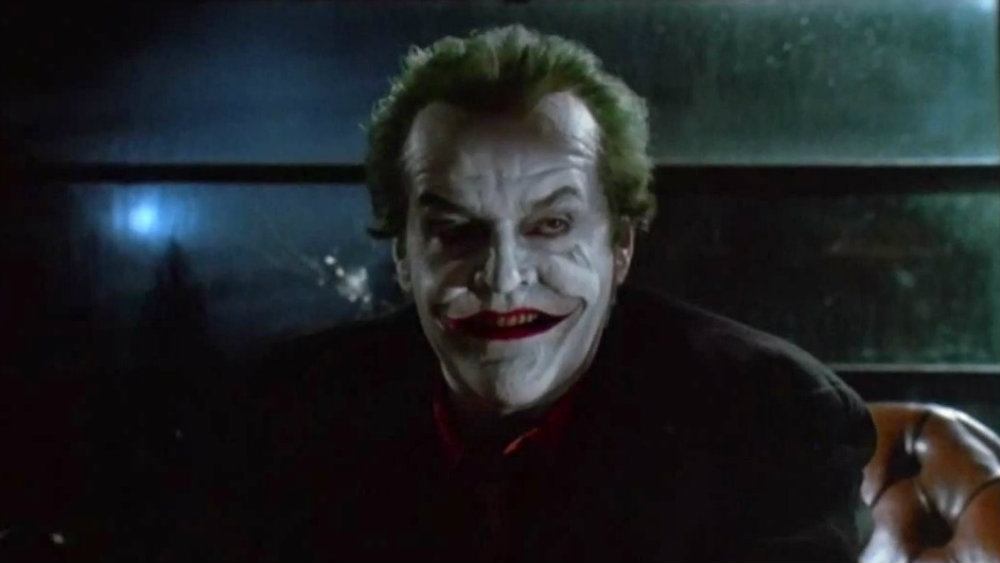
More fool them, whoever made those decisions made the biggest mistakes of their respective careers. Who knows how the film might have turned out in the hands of someone with less taste. God forbid, we could’ve skipped the good films and ended up with a Batman & Robin-esque nightmare first. Especially as the Boy Wonder was included in initial drafts of the script and the part was even cast, until he was very wisely dropped; a decision supported by Batman creator Bob Kane, who was on set as a consultant (which was also a genius move).
The character works great in other mediums such as the animated series and comics but I don’t think the Dynamic Duo belong on the big screen together. That’s why Batman Forever/B&R didn’t work and why The Dark Knight Trilogy worked so well. I think it’s possible for Robin to be brought into films in a good way but only after we’ve seen a trilogy without him. The now common touchstones, the graphic novels The Dark Knight Returns and The Killing Joke were used for the first time, so all the parts of the perfect tone were set.
Universal was the last studio to foolishly turn down the project before Warner Bros finally picked it up, which was an even stupider move as it was closer to the final draft of the script we eventually got. The Production Design, courtesy of Anton Furst, is the last character to come to the table. How to begin describing it… a combination of Art Deco, German Expressionism and fascist architecture reminiscent of Metropolis and Brazil. Furst described it himself by saying: “We imagined what New York City might have become without a planning commission. A city run by crime, with a riot of architectural styles.”
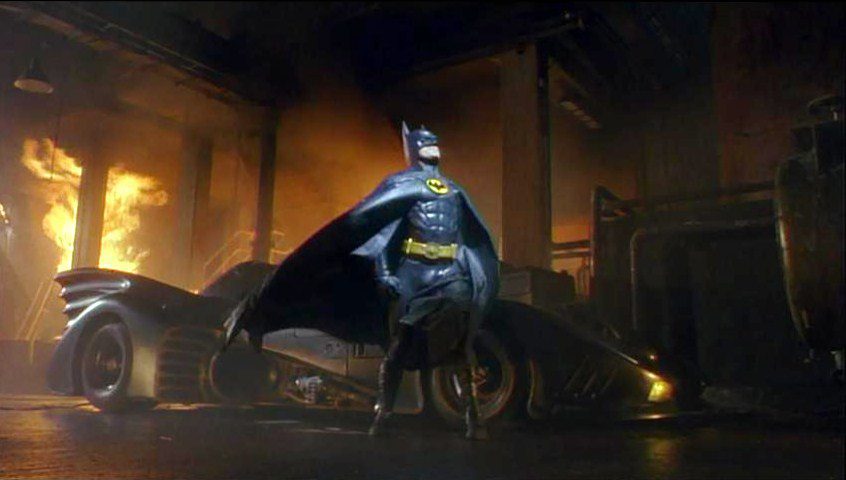
It’s also a period piece, whose citizens and cops pay homage to film noir. In other words, my own personal heaven. It only gets better in the sequel, as it’s set at Christmas and snow is added, another of my favourite things. It’s no surprise that it won the Oscar that year for Production. The costumes by Bob Wingwood and make-up design for Joker by Nick Dudman (which Nicholson had final approval over) are all solid. The choice of an all-black Batsuit was another stroke of genius, again supported by Kane. The thought of him having any part of his suit coloured or any form of spandex is unfathomable in retrospect.
The suit needed refining and is perfected for the sequel but it’s amazing for a first attempt, especially as there was no frame of reference. The Batmobile, Batwing and gadgets were all designed by Concept Illustrator Julian Caldow. To this day, I don’t think anyone has come up with a better design for the Bat’s vehicles. What was most interesting about Burton’s story was that he almost completely skips the Caped Crusader’s origin. We find out why he became his alter ego and got the flashback of his parents being brutally murdered, the killing we’ve now seen interpreted more than any other in history, but nothing beyond that.
Burton was quoted as saying: “You totally destroy your credibility if you show the literal process by which Bruce Wayne becomes Batman.” I disagree with this statement and this was proven wrong by the overwhelming success of Christopher Nolan’s Batman Begins. This is where Burton exposes himself as not being a fan of the source material, something that’s usually essential when adapting any comic book. The long, intense years of training that he endures whilst travelling the world is the essence of the character. However, on this one occasion, I believe this film is the exception to the rule.
Burton’s brilliant use of cinematography and his gothic sensibilities just so happen to be perfect for The Dark Knight and seeing that he is essentially an Art House Director, forgoing the usually obligatory origin story actually works. Especially as the Bat is one of the most popular superheroes in history and everyone knows what he’s about, at least in a general sense. So ultimately, I think this bold move pays off. The origin we got instead was that of The Joker, close to the Red Hood origin we see in The Killing Joke. Although, Burton doubles down on this and makes a young Joker the killer of Bruce’s parents.
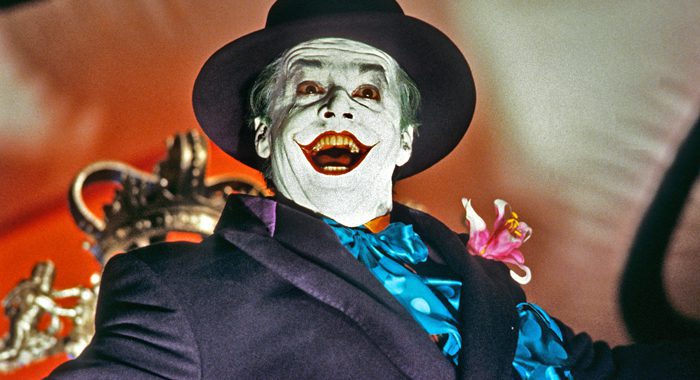
This is another bold move that I think he gets away with, as this adds a fateful, operatic element to their relationship which fits with the mise en scène. Unsurprisingly, Nicholson kills it as the unhinged Joker with many memorable lines of dialogue. His take still stands up to career-defining interpretations of the character from Heath Ledger and Joaquin Phoenix, as he added his own unique, personal twist to the performance. Keaton nails the “edgy, tormented quality” that Burton saw in him and was the reason he gave him the role. As someone who also wasn’t physically intimidating out of the Bat’s attire, it puts a unique spin on the character, one who had to suit himself up in a way to strike fear into criminals.
Despite all of the amazing elements of the film, it was still a miracle that it ended up being as good as it was. The production was plagued by the Writers strike, the publicist was being offered bribes of £10,000 for the first photos of Nicholson and two reels of footage were stolen. Burton succeeded in creating an über cool, stoic, understated Dark Knight for the big screen and the perfect world for him to reside in, both of which have aged so well and really stood the test of time. From his brilliant introduction uttering the iconic line: “I’m Batman;” to when he takes Vicki Vale back to his cave, the journey itself and her reactions perfectly capture the spirit of the character. Stanley Kubrick put it best when he said:
“A director is a kind of idea and taste machine; a movie is a series of creative and technical decisions, and it’s the director’s job to make the right decisions as frequently as possible.”
Burton certainly did, down to the last detail. He even put his own spin on the Bat’s logo which itself would become iconic. The film is not perfect but I feel that it’s as good as it possibly could have been and came at just the right time to inform pop culture. Not only that but as it just caught the backend of the ‘80s, the project is covered in a perfect, nostalgic sheen that’s reminiscent of that specific time. It became the blueprint for everything that is The Dark Knight since, who knows how the character would’ve evolved without his vision. However it would have happened, it wouldn’t have been for the better without this film.
For the sequel, he’s given more creative control and really lets loose. As much as I love it, it’s more of Burton film about Batman, whereas his first offering is a Batman film by Burton. The original is the best for me, a simpler story with just his one and only true villain. Just thinking about the last sequence that scales the buildings to the final shot of him with the Bat-signal never fails to give me goosebumps.
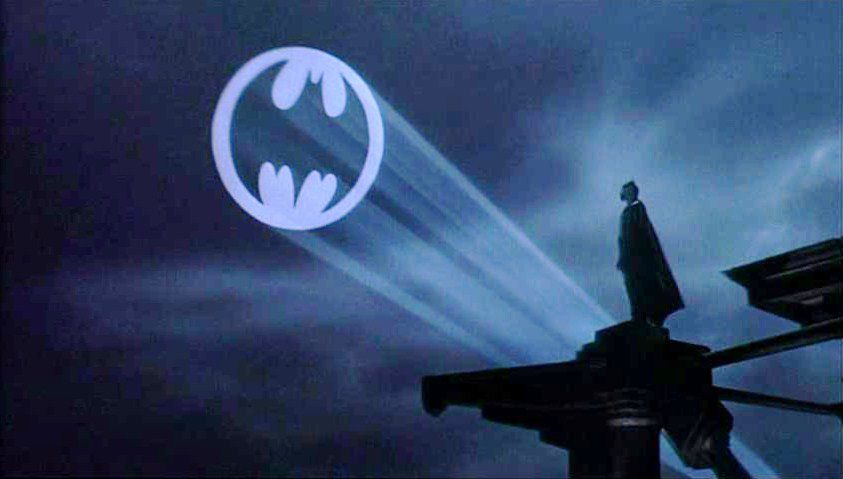



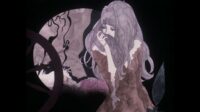

“Gentlemen! Let’s broaden our minds!”
Loved Prince’s soundtrack, too.
I know, right? Christmas is one my favourite times of the year and fits perfectly with this fantasy version of Gotham City. Take me there
I have the same feeling about snow in the sequel. Whenever I look back on the two, the snow stands out for me even tho the first movie was better
Thanks man, I appreciate that
Great article!